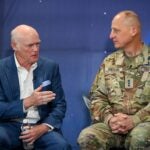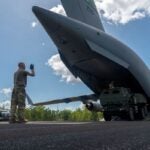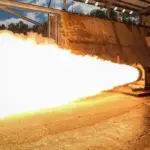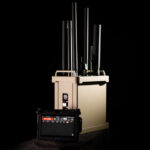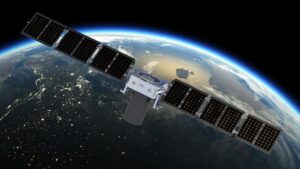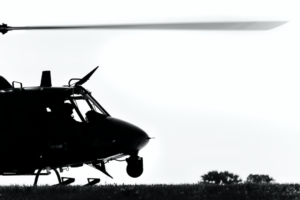
Military aircraft spanning all branches failed to meet mission capable rates according to a new report from the Government Accountability Office (GAO) that analyzed 46 types of aircraft from fiscal year 2011 through 2019. The GAO found that out of 46 aircraft, only three met annual mission capable goals the majority of the time with 24 aircraft not meeting any of their goals during any year. “The Department of Defense (DoD) spends tens of billions of dollars annually to sustain…

